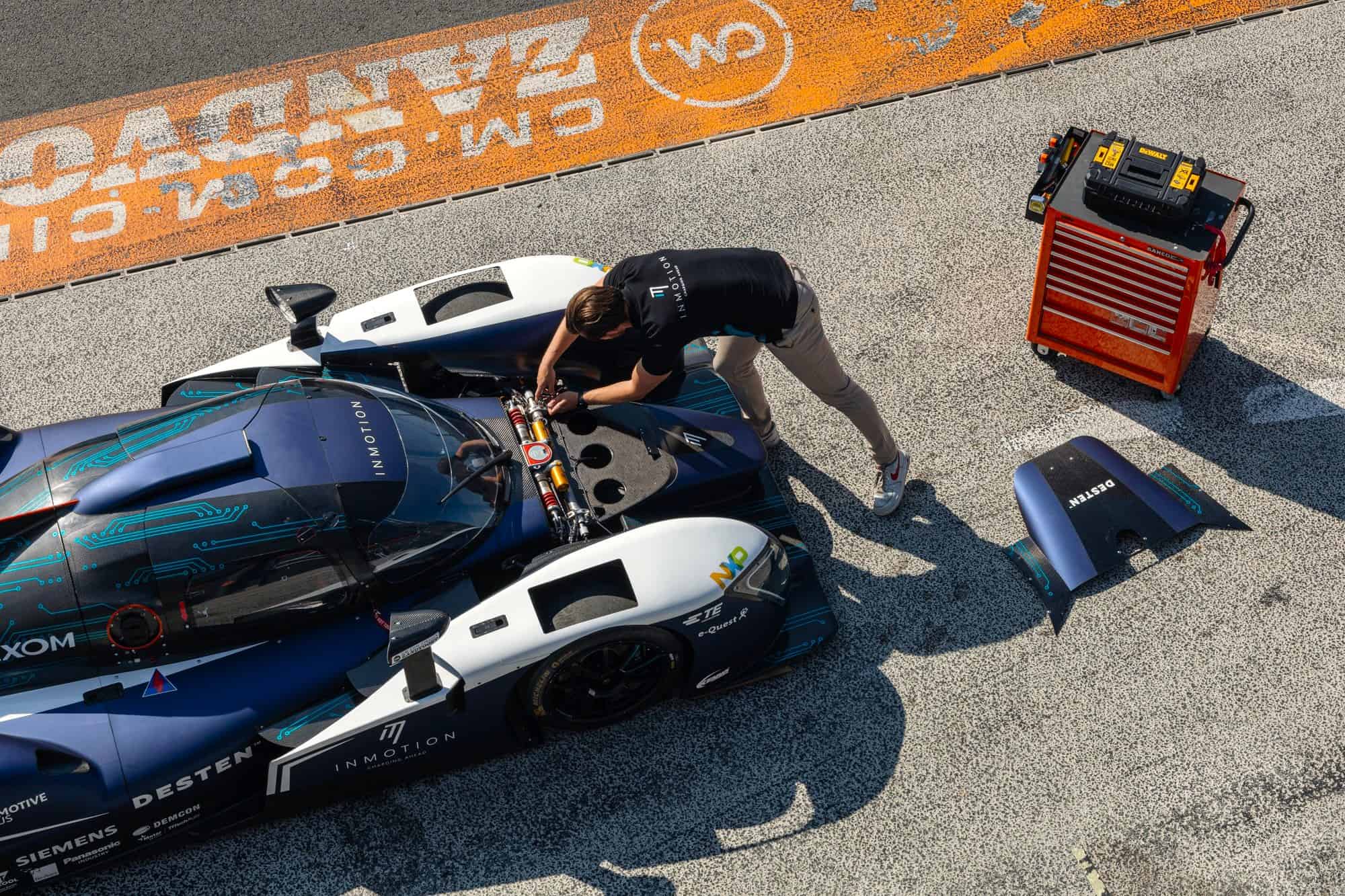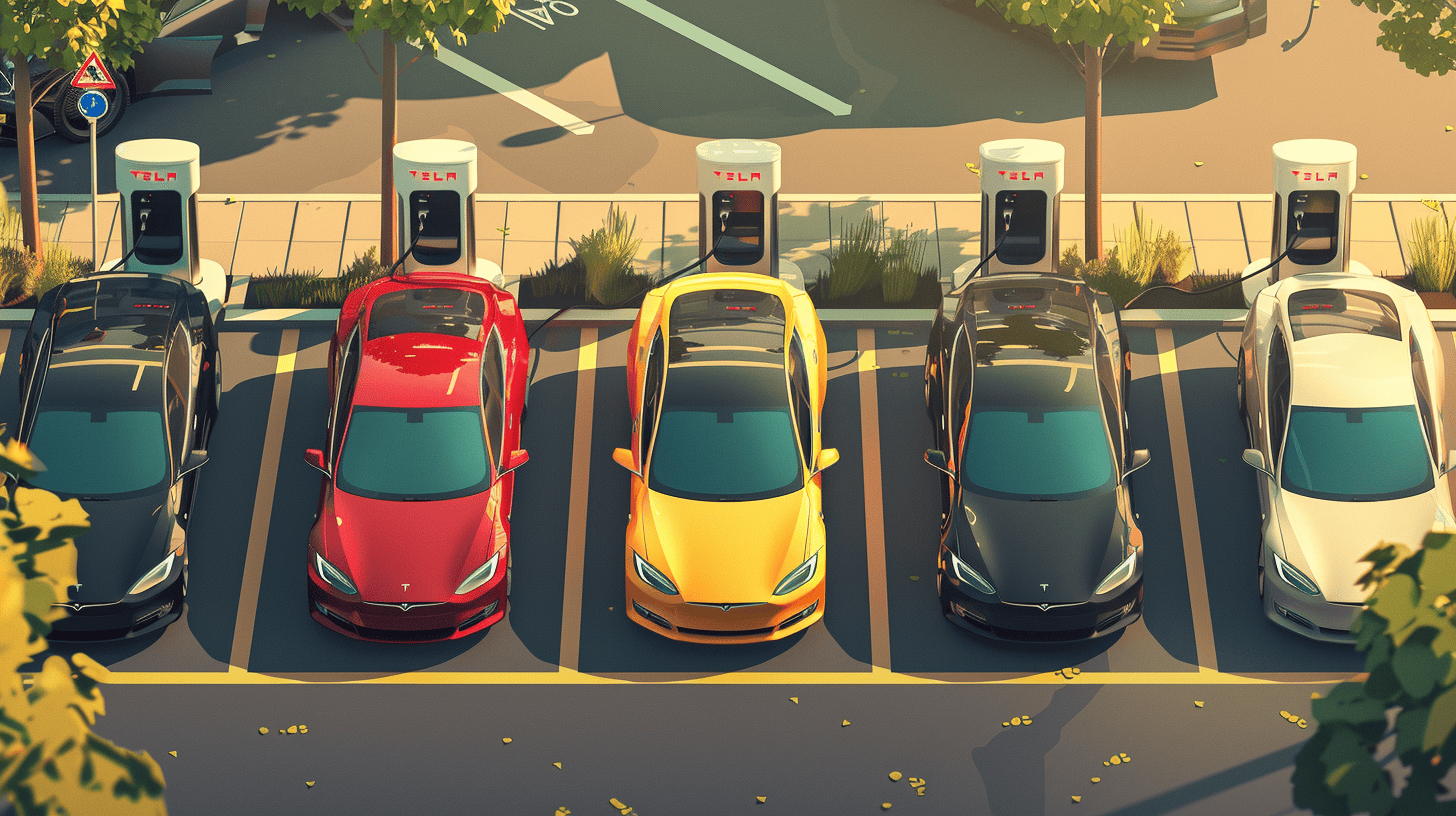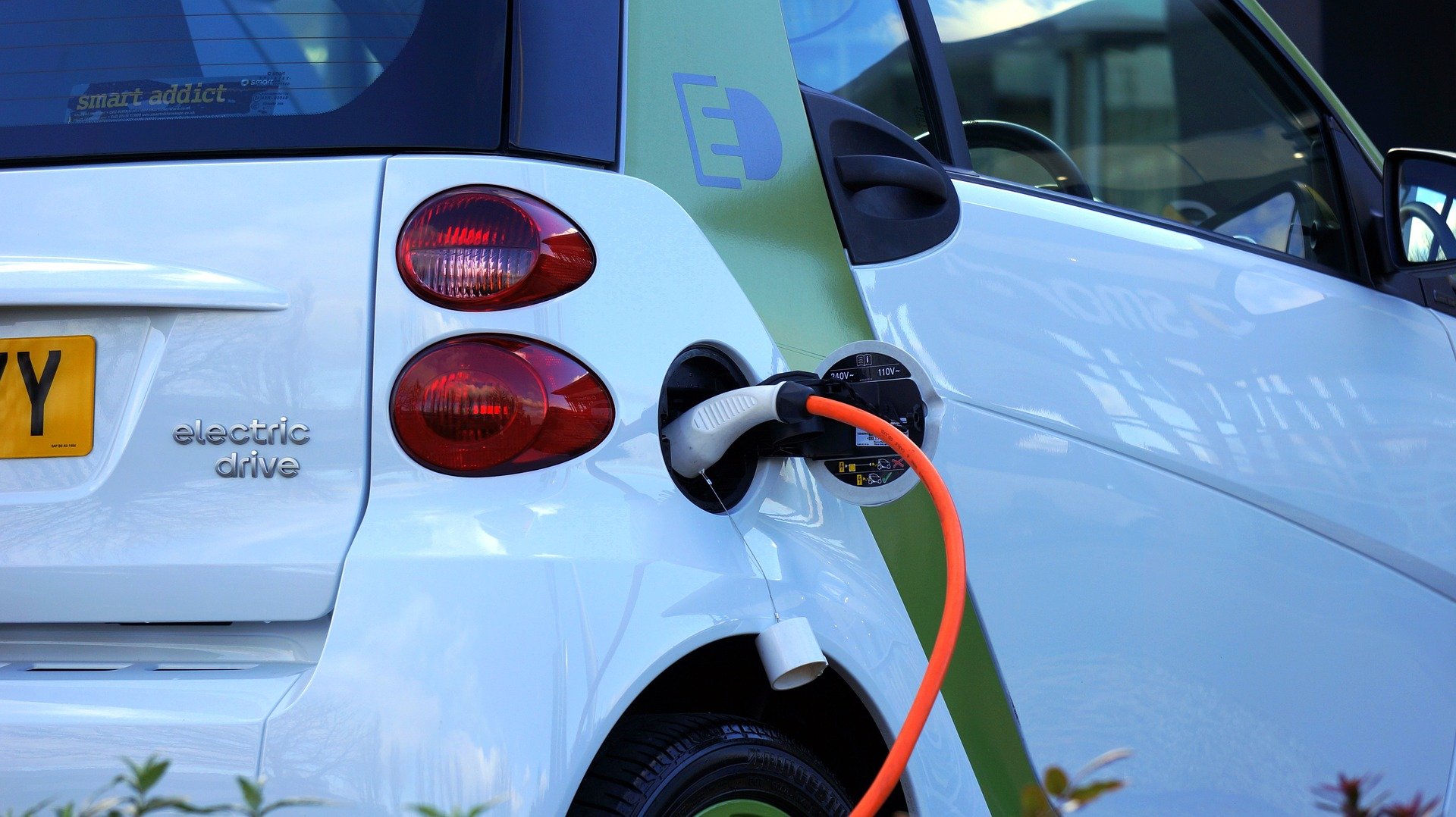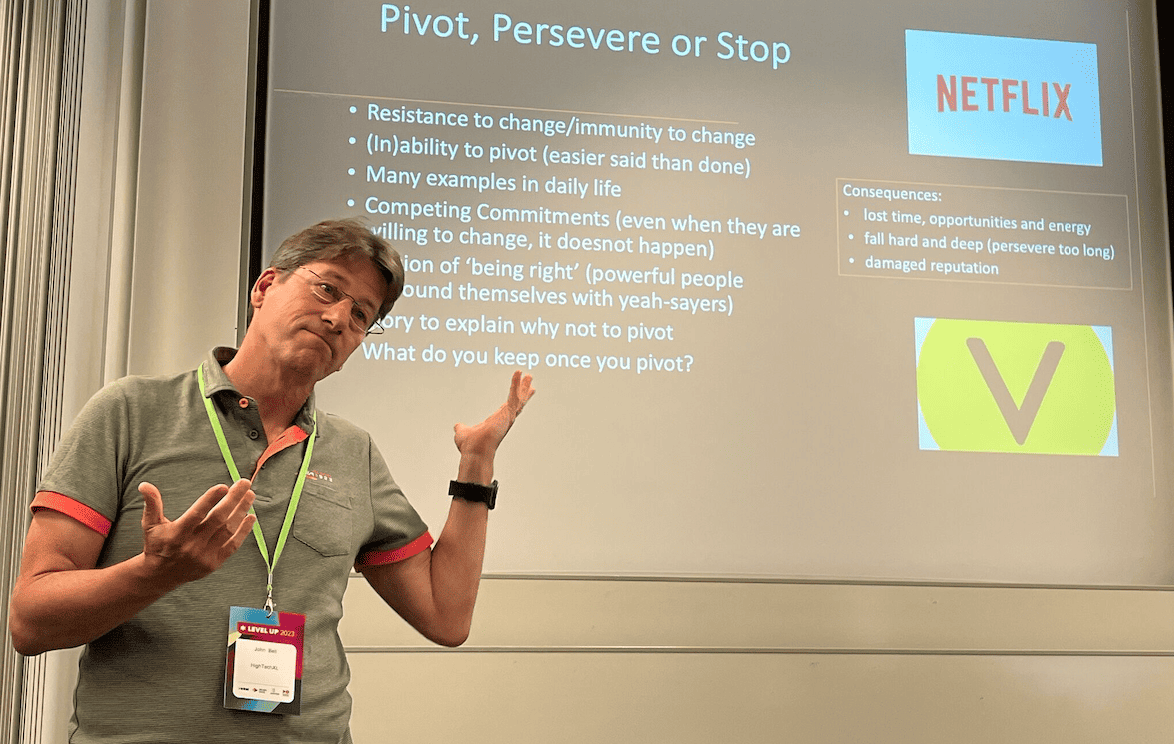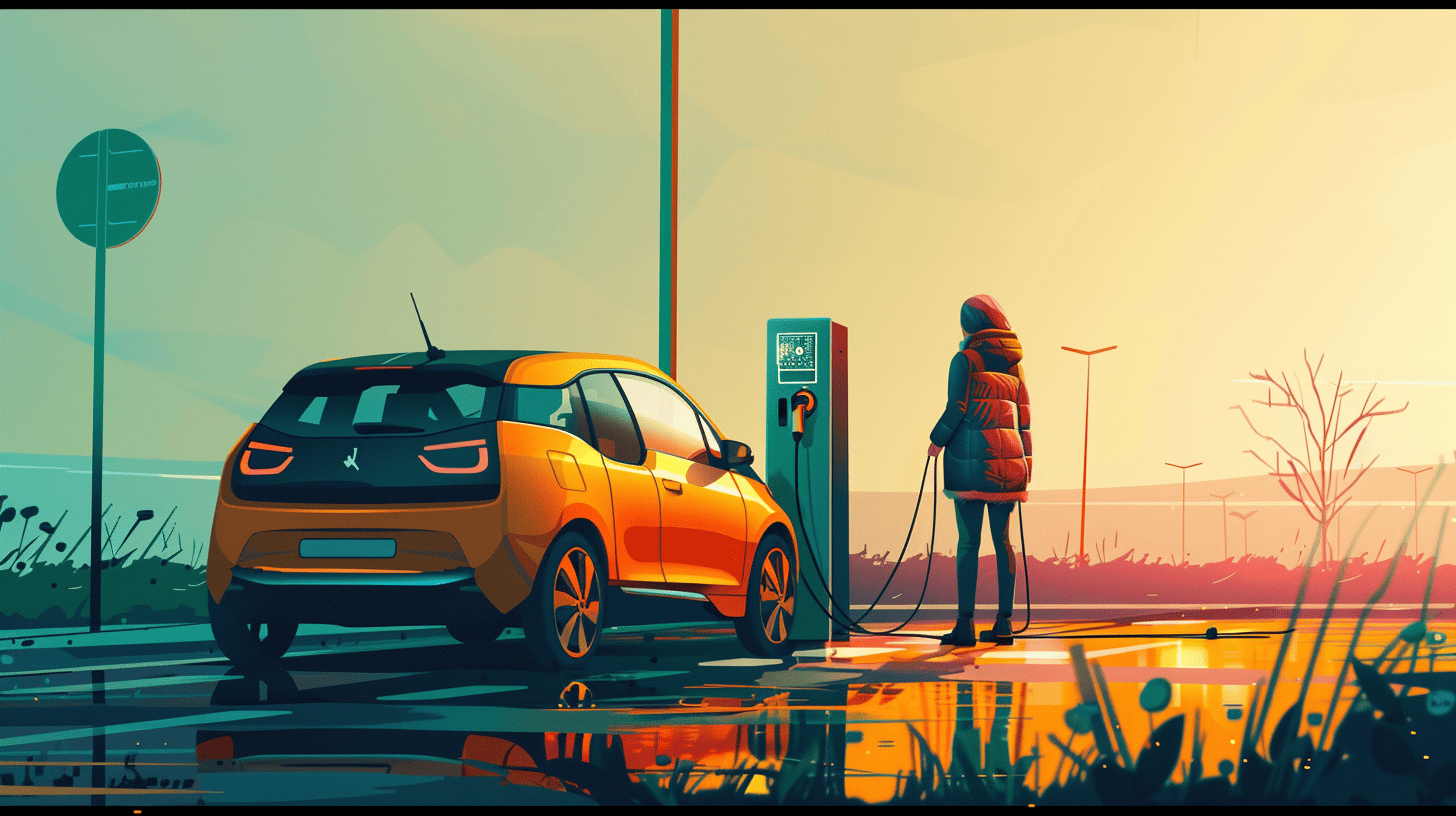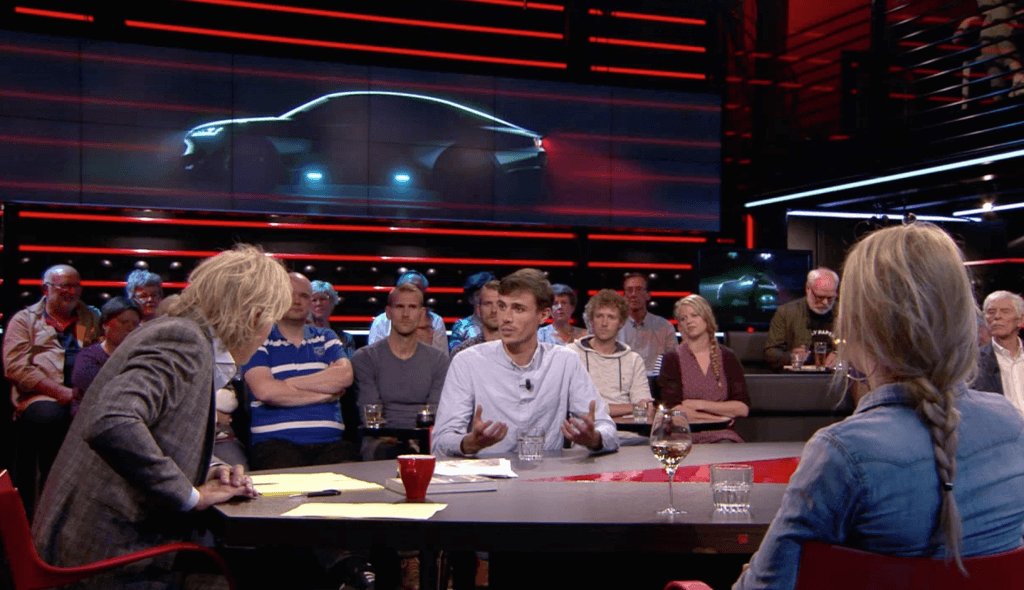
Amidst the backdrop of an ever-evolving automotive industry, Lightyear emerged as a pioneer in solar-powered vehicle technology. Some eight years ago, the company embarked on a bold mission to create vehicles that predominantly run on solar energy, addressing the scarcity of charging infrastructure that impedes electric vehicle adoption globally. It didn’t turn out to be a straight line to success, though. After investments dried up in January 2023, Lightyear had to pivot. From building cars, it changed to building car components. The switch presented a lifeline that wouldn’t have been possible without the company’s IP portfolio, including sixty patent families.
Why is this important
The story of Lightyear contains a mixed bag of achievements and emotions. Cofounder Lex Hoefsloot looks back on the company’s focus throughout its existence and how IP helped Lightyear stay alive, even without a good investing climate.
A strong IP portfolio plays a key role in fundraising but also offers a venture many options to pivot or restart after financial difficulties. In a forum discussion organized by the European Patent Academy, Lightyear’s cofounder Lex Hoefsloot provided insights into how a pioneering venture developing solar vehicles did this.
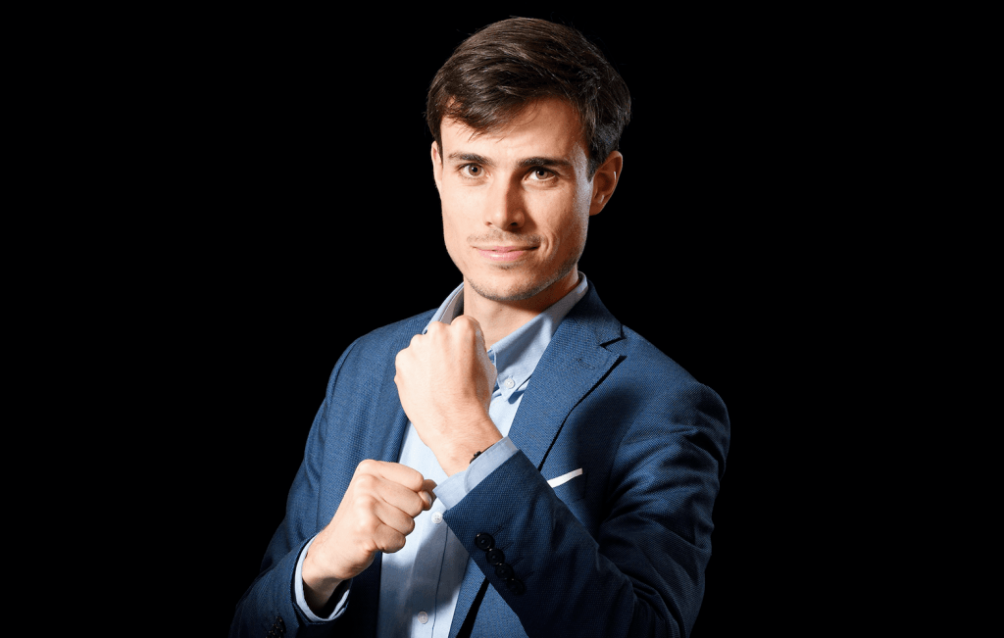
Blank sheet
Lightyear’s strategy was clear from its inception: innovate from the ground up. The company started with “a blank sheet of paper,” focusing on enhancing vehicle efficiency through improved aerodynamics, mass reduction, and advanced motor technologies. These efforts were not just about incremental improvements; they aimed at radical transformations in how solar energy could be utilized in transportation.
“We realized that if we started building components right away, we would build components for cars that existed, and that meant that we would only be able to improve by one or two percent. By starting with the whole car, we followed a double strategy: there’s this really big upside of building a car that could generate tens of billions, and at the same time, you also have a meaningful downside because we’re building technologies that are way ahead of where the rest is and will have demand in the industry.” Hoefsloot said that the company has always been on the path of doing both: “We were building the car and the technologies. In fact, we were also starting to commercialize the solar technology well before the pivot.”

Challenges
In hindsight, it sounds like a clear plan, but the journey wasn’t without its challenges. As the automotive landscape shifted, especially with the financial markets tightening in 2022 and 2023, Lightyear pivoted from manufacturing complete cars to supplying solar panels and other components to car manufacturers. This strategic shift was supported by a robust intellectual property portfolio that the company had developed over the years.
Creating “a true technology company” from the start, including a focus on critical IP, helped Lightyear raise about $200 million along the way. Hoefsloot: “With the $200 million, we built the technologies to the point where they were production-ready and customer-ready. Most of these technologies were key technologies to enable the whole concept. That’s how we started production of the Lightyear Zero in 2022, which was about two times more efficient in kilowatt-hours per kilometer compared to all the cars on the road.”
The Zero had five square meters of solar on the roof, with which it gets about 10,000 kilometers worth of sun every year. “That’s actually two-thirds of most of the kilometers that people drive.” But then, the capital markets changed quite dramatically in 2022 and 2023. “That made we had to pivot the business from the very capital-intensive business of building cars towards building components for automotive. And the IP proved to be crucial to make that switch. We had to restart the company. Our investors were willing to do so because we had a lot of IP generated on these components.”
Protection
Lightyear’s IP is mostly in motors, inverters for solar panels, and the panels themselves. This patent collection protected their innovations and also proved crucial in securing investor confidence and navigating the company through financial uncertainties. But the IP is nothing without the engineers behind it, Hoefsloot added. “They make the IP about a factor of 10 to 100 more valuable.” So when the company had to scale down from 600 employees to about 70, it was crucial to keep “the technology champions” on board.
While enjoying a sabbatical, Hoefsloot still thinks Lightyear stands at the forefront of a promising future in which solar technology could significantly impact automotive designs and sustainability. He even thinks returning to the car business is an option. “As the industry continues to evolve, technologies developed by Lightyear will likely influence new generations of vehicles. For now, we’re going to scale with the solar panel business. But there’s a lot of room for the other IP. When the car manufacturers start implementing solar panels, they will also want the electronics. They will also want the software. And then, behind that, they want their cars to be more efficient. So they want the motors. And as financial markets then return to what they were, there might even be possibilities to restart the car.”



